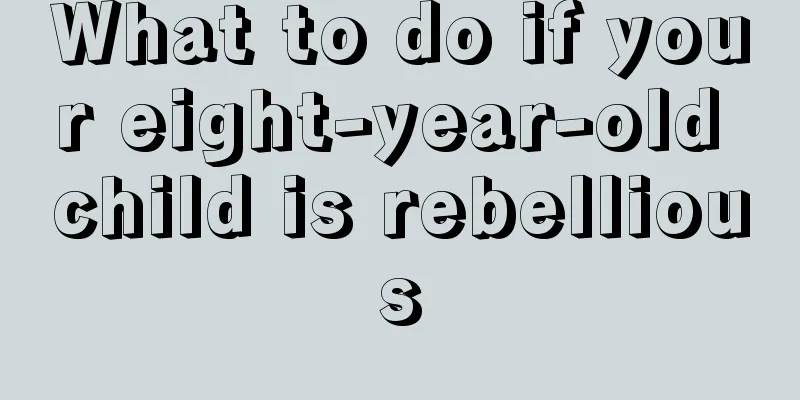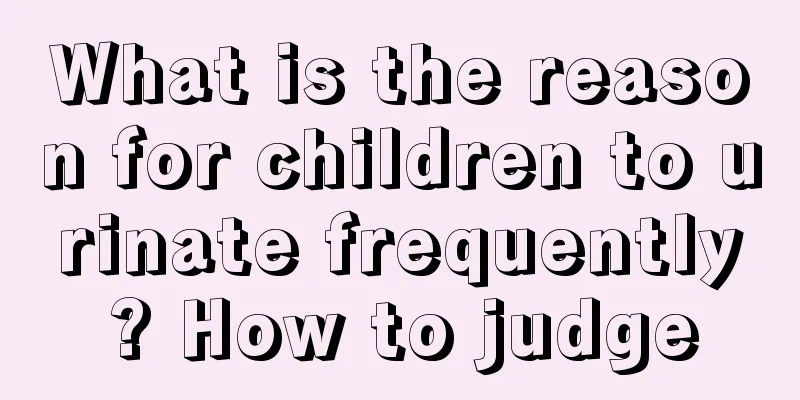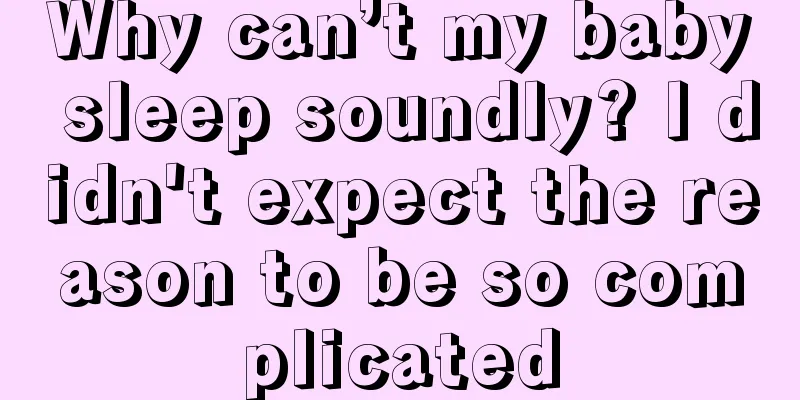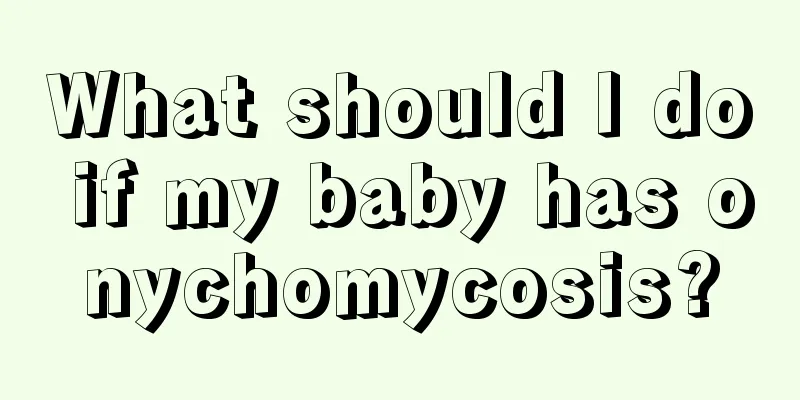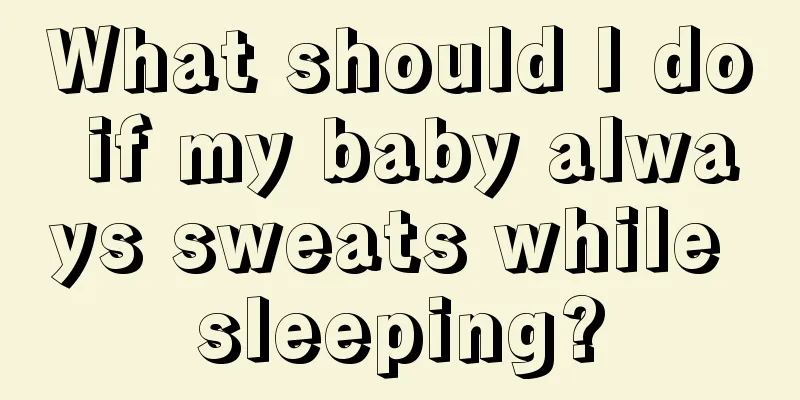Will hand, foot and mouth disease appear on the arms?
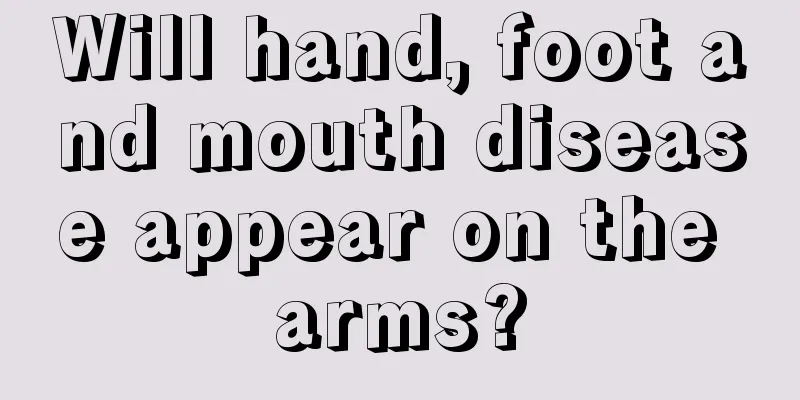
|
Hand, foot and mouth disease is manifested by damage to the limbs and oral mucosa. Small red rashes usually appear on the limbs, and the symptoms are more prominent. Some parents may not know much about hand, foot and mouth disease. If the baby has corresponding symptoms, it is not resolved in time and may even be thought to be urticaria. Therefore, parents need to have a certain understanding of the symptoms of hand, foot and mouth disease, so as to ensure the healthy growth of the baby. So, will hand, foot and mouth disease appear on the arms? 1. Common symptoms Acute onset, fever, mouth pain, anorexia, scattered blisters or ulcers on the oral mucosa, mostly located on the tongue, buccal mucosa and hard forehead, and may also affect the soft palate, gums, tonsils and pharynx. Maculopapular rashes appear on the hands, feet, buttocks, arms, and legs, and later turn into herpes. There may be inflammatory red halos around the herpes, and there is less fluid in the blisters. There are more of them on the hands and feet, and on the back of the palms. The number of rashes ranges from a few to dozens. It fades away without leaving any traces or pigmentation. Some cases only present as rash or herpangina. Most patients recover within a week and the prognosis is good. In some cases, the rash may be atypical, such as appearing in a single area or only as maculopapular rash. 2. Symptoms of severe cases In a few cases (especially those under 3 years old), the disease progresses rapidly, with meningitis, encephalitis (brainstem encephalitis is the most dangerous), encephalomyelitis, pulmonary edema, circulatory disorders, etc. occurring within 1 to 5 days of onset. In very rare cases, the condition is critical and can lead to death, and survivors may have sequelae. (1) Neurological manifestations when concurrent central nervous system diseases occur: poor spirits, drowsiness, irritability, headache, vomiting, delirium or even coma; limb tremors, myoclonus, nystagmus, ataxia, eye movement disorders; weakness or acute flaccid paralysis; convulsions. Physical examination revealed signs of meningeal irritation, weakened or absent tendon reflexes, and a positive Babinski sign. Central nervous system symptoms are more common in children under 2 years old. (2) Respiratory system manifestations of pulmonary edema: shallow breathing, difficulty breathing or change in rhythm, cyanosis of the lips, cough, coughing up white, pink or bloody foamy sputum; moist rales or sputum sounds can be heard in the lungs. (3) Circulatory system manifestations of concurrent myocarditis: pale complexion, skin patterns, cold limbs, cyanosis of fingers and toes, cold sweats, and prolonged capillary refill time. The heart rate increases or decreases, the pulse becomes shallow or weak or even disappears; the blood pressure increases or decreases. |
<<: What to do if you have hand, foot and mouth disease and stomach pain
>>: Baby's vaccinations delayed for 7 months
Recommend
What to do if your child's nose is sore from inflammation
Children are young and have relatively poor immun...
What to do if your child has poor resistance
Children have weaker health and are always catchi...
Why does my 11-month-old baby sweat while sleeping?
Sweating is something that many people experience...
What is the situation of blood in the stool of a 3-month-old baby?
3 month old baby. Physical development status. Th...
How to treat acute laryngitis in children
A sore throat is a precursor to a cold for adults...
Home prevention and treatment of mycoplasma infection in children
Children have weaker resistance and are most vuln...
Where do children come from?
When we were very young, we always asked our pare...
What food is good for children?
In life, many babies have poor immunity and often...
Can myopia in a six-year-old child be cured?
Myopia is a condition that is becoming more and m...
How to treat a four-month-old baby's stomach and intestines?
We all know that babies need to add some compleme...
Are plastic straw cups for children harmful?
Recently, the State Food and Safety Administratio...
How many months does it take for a Down syndrome baby to lift his head?
Babies with Down syndrome may take about 6 months...
The harm of irregular sleep time for middle school students
Nowadays, people's living conditions have imp...
What are the causes of hernia in children?
If you want to know how to treat any disease, you...
What to do if your two-year-old has a bad temper
Every baby is a little angel in the family, espec...
